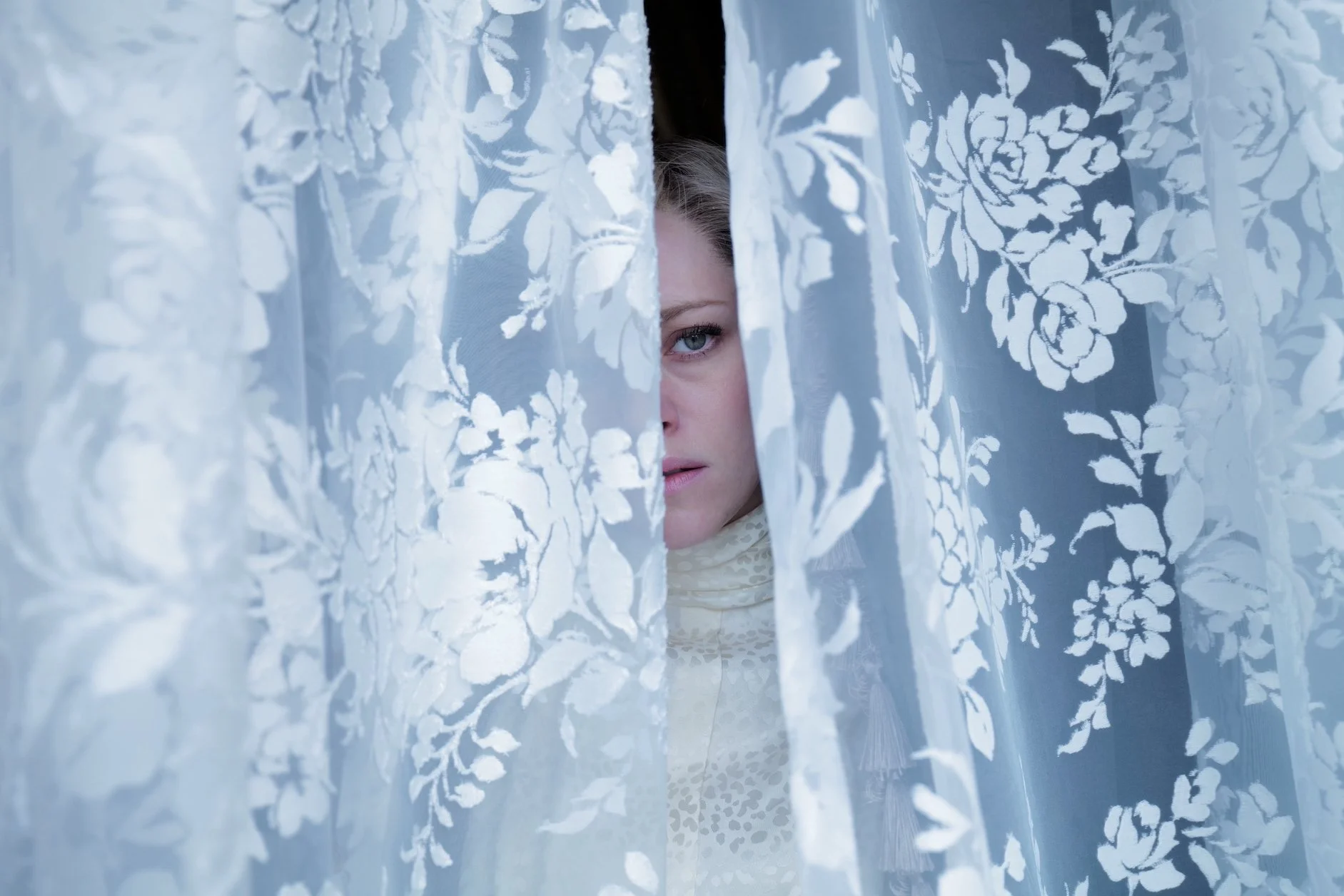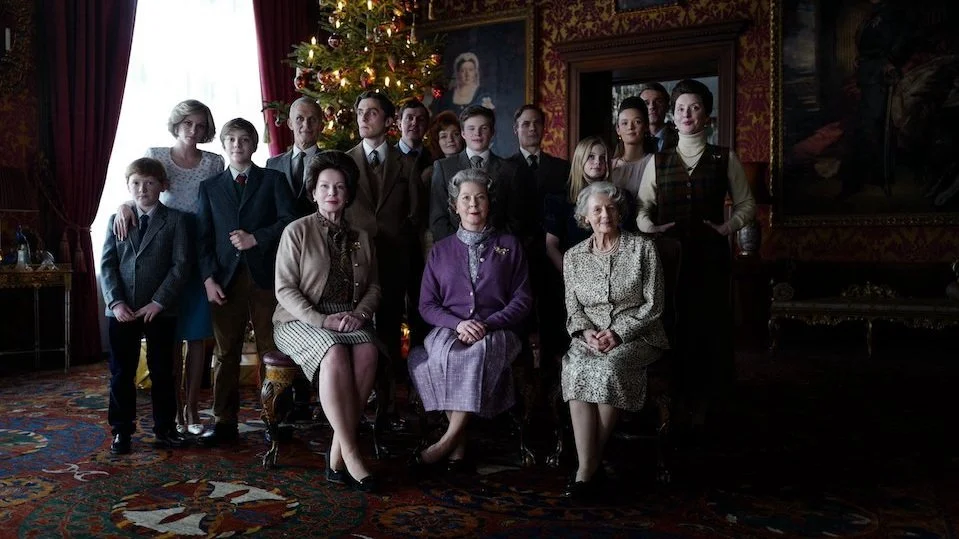Re-thinking Di
Princess Di gets a speculative and empathetic biopic treatment and sets the bar for toxic family holiday gatherings.
spencer
Director: Pablo Larraín • Writer: Steven Knight
Starring: Kristen Stewart, Timothy Spall, Sally Hawkins, Sean Harris, Jack Farthing, Stella Gonet, Jack Nielen, Freddie Spry
UK/Germany • 1hr 57mins
Opens Hong Kong Dec 23 • IIA
Grade: B
Spencer is not for everyone. A cursory glance at the details describe the film as a biopic about Princess Diana right before she decided to dump the royal family, hinting at something familiar and safe. We all know about biopics (see: Anita). But in the hands of Chilean director Pablo Larraín, Spencer is something quite different: One part biopic, one part psychological horror, one part melodrama, a little farce. It’s certainly a creative spin on a genre we all know too well, about a woman we’re all pretty sure we know just as well. It is not. And we do not.
Spencer is very much a piece with Larraín’s 2016 biopic Jackie, which also tracked a tragic woman’s collapsing life over the course of a few days. In Jackie it was the days immediately after president JFK’s assassination in 1963, here it’s the doomed princess’s Christmas weekend with her toxic in-laws, when she decides she’s had enough. There’s royalty of sorts in both cases (The Kennedys have been referred to as American royalty), and an unfaithful husband. Jackie, drawn from countless sources, and the speculative Spencer unfold almost as a series of paintings, each set in some stately room or another, occasionally a sprawling (taxpayer maintained) lawn in the case of the latter.
But that’s where the similarities end. Jackie was drama, but by incorporating conventions found in horror and black comedy among other genres, in Spencer Larraín manages to come up with a creative, decidedly pro-Diana examination of a paranoid woman in distress, struggling with mental health issues, eating disorders and alienation, who is so marginalised by her “family” that her husband has no qualms about bringing his side piece to Christmas dinner or giving them identical gifts.
This is called Spencer for a reason. Larraín and writer Steven Knight tell the entire story from Diana’s point of view, with Knight deploying the emotional honesty he perfected in Peaky Blinders in lockstep with the utter absurdity of Serenity. The duo and cinematographer Claire Mathon (Portrait of a Lady on Fire) often position her dead centre in the frame, and mix up lenses and focal lengths to make the chasm between Diana and those around her seem all the more yawning. Other players, chiefly Diana’s only allies in the royal court like dresser Maggie (Sally Hawkins) and royal chef Darren McGrady (Sean Harris, best known as Solomon Lane in Mission: Impossible – Rogue Nation and Fallout), often come close to looking directly in the camera, putting us even more firmly in Diana’s shoes. It’s unsettling, and on top of it Larraín is in no hurry to get where he’s going. So we sit in these uncomfortable spaces for long, slow stretches. Sometimes too long.
And Larraín is not actually going anywhere physical. Diana, Princess of Wales (Kristen Stewart, strong, suitably mannered, but essentially playing Stewart) arrives at the Windsor family estate at Sandringham late on the afternoon of Christmas Eve. She jumps out of her self-driven Porsche and stomps into the sprawling palace for lunch. She’s greeted by an ornery Major Gregory (Timothy Spall) who demands she partake in the annual “weigh in”: the three-day holiday is supposed to be so glorious and joyful that everyone puts on weight. She waffles over it and eventually gets out of Gregory’s clutches when her sons William and Harry (Jack Nielen, Freddie Spry) come bounding in. No one else talks to her. It’s the first of three long, lonely days in 1991, the weekend Diana decided to demand a divorce from her icy husband, Charles, Prince of Wales (Jack Farthing).
The next few days are a series of passive aggressive confrontations with Gregory over paparazzi watching her through the drapes she prefers open, other dressers telling her what is scheduled to wear at meals, purging dinner, bingeing from the royal kitchens at midnight and being rebuffed by QEII (Stella Gonet) as if she were a petulant child. The horror is really jacked up when Diana escapes one evening to the abandoned Spencer estate where she grew up next door, but which provides her with a kind of creepy epiphany that underpins the Boxing Day escape with her boys.
Again, Spencer is not for everyone, but it’s hard to deny the craft and care Larraín has put into the portrait. Every shot has meaning, every silence speaks volumes. Whatever your feelings on the princess who died in a car wreck in 1997, a biopic filtered through contemporary acknowledgement of mental health struggles and #MeToo certainly reframes her life inside a royal box — ironically the same kind of box her son and his wife have very publicly tried to bust out of in recent years. As the saying goes: The more things change…




